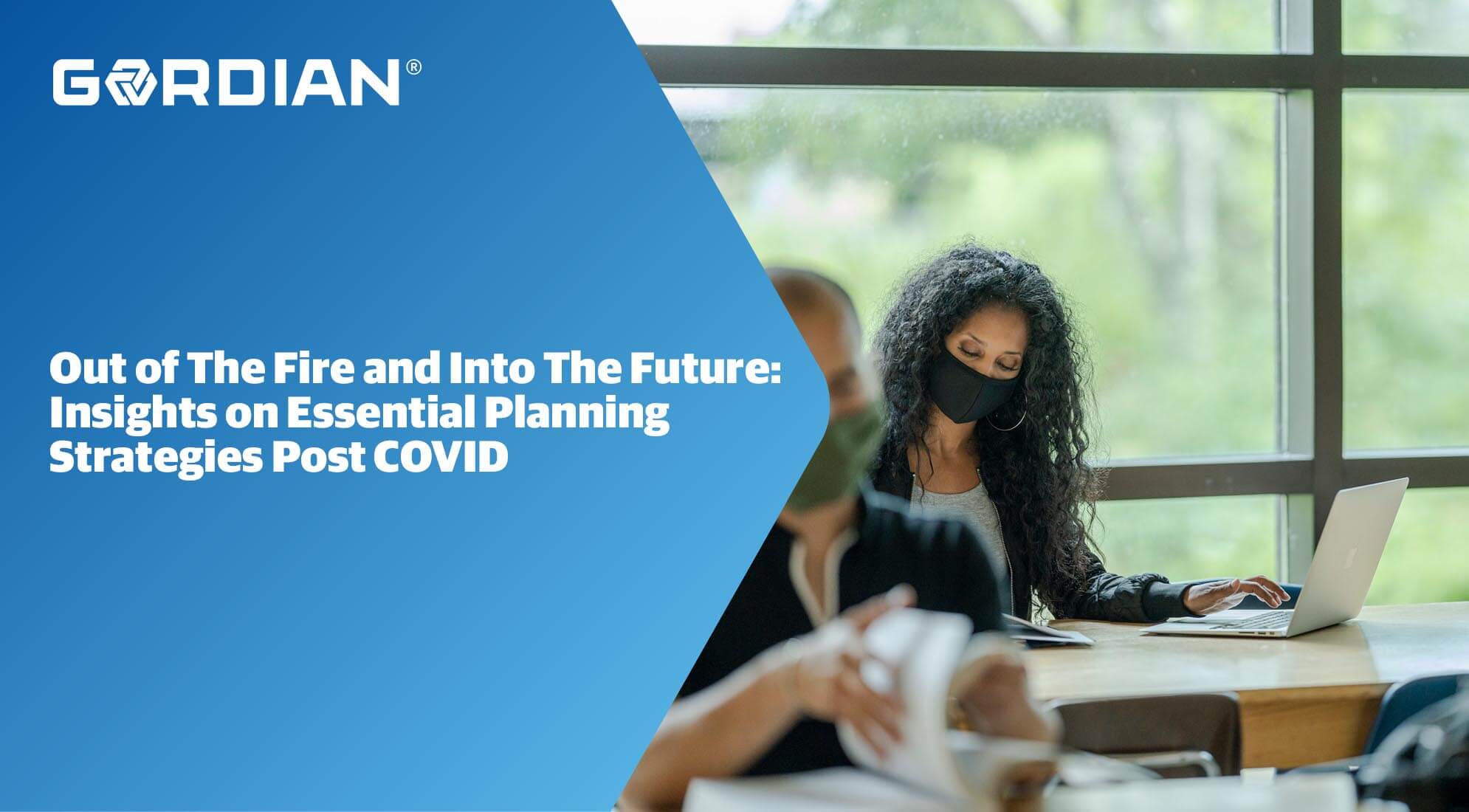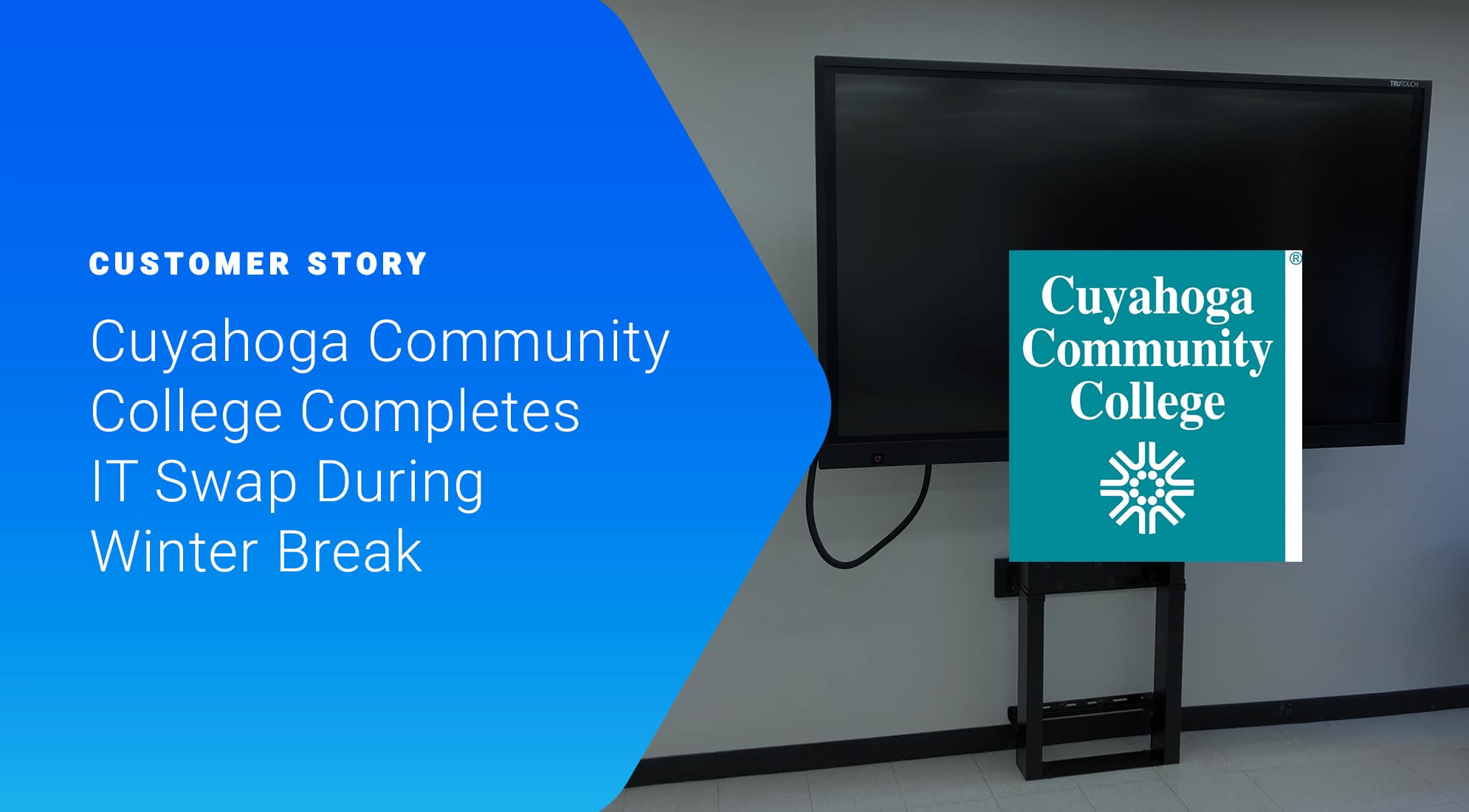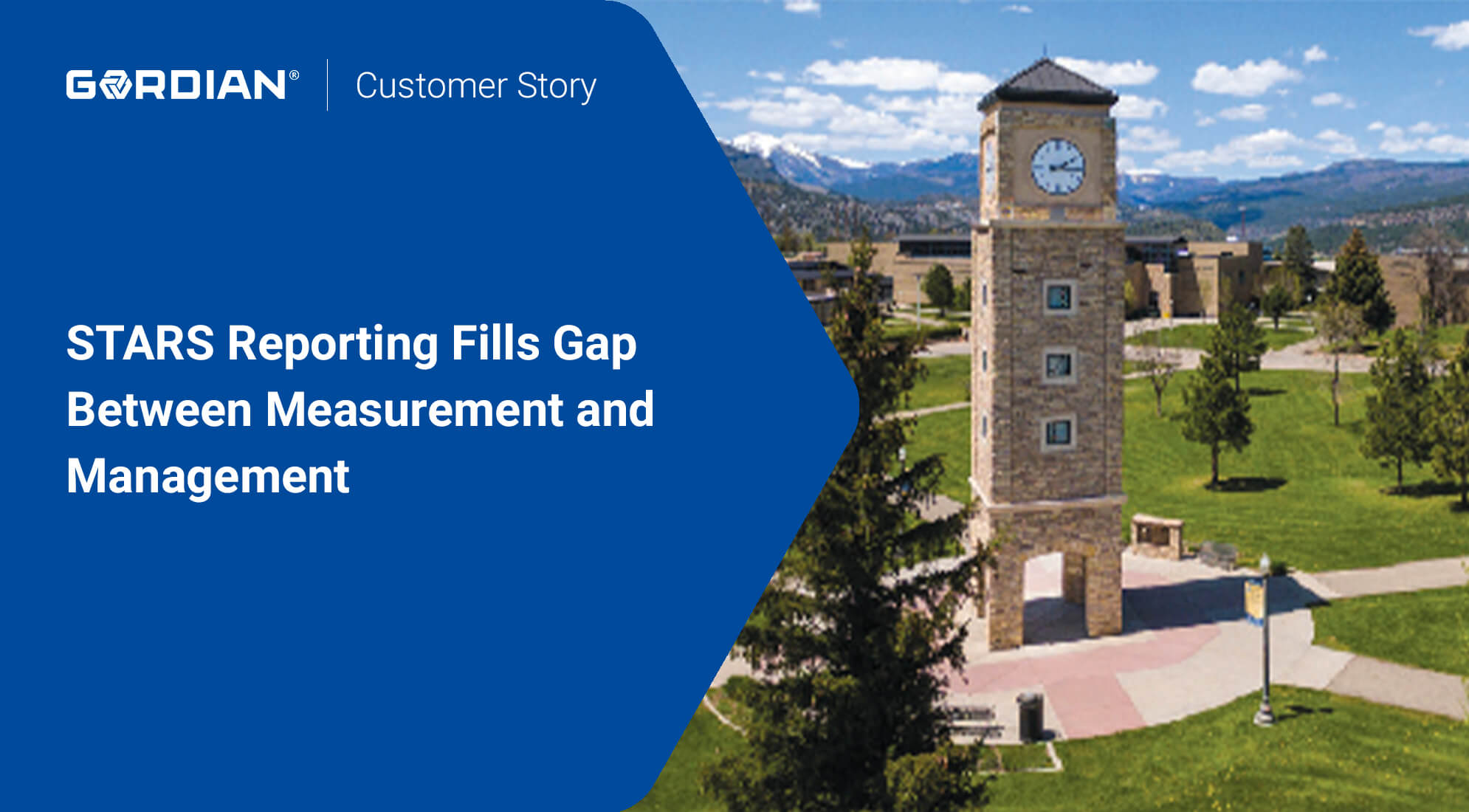Historically, higher education has been a slow-change industry. Classes have been laid out in much the same way for hundreds of years. Pedagogy has changed only incrementally. This slow march forward has been a boon for financial and facilities managers, who have been able to use detailed and deliberate planning strategies which prioritized precision over speed and flexibility to make confident decisions. Since the industry moved slowly, there was no need for campus leaders to move quickly.
COVID-19 has radically altered the higher education landscape. The pace of change in pedagogy is zooming (pardon the pun) towards remote learning and online tools as a new normal. This fast shift away from centuries of in-person instruction has radically altered the decisions around the physical campus in the near-term.
Colleges and universities are being forced to confront these issues head-on and with a level of urgency and uncertainty unfamiliar to those within the industry. Professionals who have enjoyed the stability of moving at a deliberate pace are feeling the ground move beneath their feet. Steady leadership and flexible tools are necessary during this time of crisis and change to reach any amount of certainty in decision making. Unfortunately, both of those are in short supply.
The Campus Leadership Gap
The changes COVID-19 has brought to campus have come at a time when presidential tenure is at its lowest level in years. According to a study from the American Council on Education, presidential tenure was 8.5 years in 2007 and tumbled to 6.5 years in 2017. The experience gap doesn’t end there. The same report indicated that 70% of college presidents are in their initial presidency. This puts the burden on financial and facilities leaders (often two of the most tenured senior-level positions) to steady the ship as leadership at the top turns over to those who have likely never been at the helm.
Old Tools Failing in the New Normal
Unsteady leadership combined with an altered higher ed landscape puts a priority on nimbleness in all planning pursuits, particularly capital planning for facilities. As one of the largest cost-centers on any campus, facilities have increasingly gone under the microscope for cost cutting measures. Without a nimble plan, many institutions have chosen ‘across the board’ cuts rather than strategic cuts to certain areas. They’re using an ax to do a scalpel’s job.
This approach worked in the incremental change world but it will be insufficient to cope with the pace of change in the future. If decision-makers insist on using the old tools to navigate the new normal, they will soon find themselves making deeper and more indiscriminate cuts which may have lasting impacts on their institution.
Reinventing Capital Planning
This is no time for incremental change — it’s a time for reinvention. Financial and facilities managers need modern planning tools to match the modern higher education environment. Reinventing the capital planning process means embracing technology and using trustworthy facilities cost and information databases to understand and anticipate the needs of the physical campus. It means inventorying existing data around your physical facilities and putting it to work to further your understanding of the assets themselves. It also means pulling in tradespeople who live in the buildings every day and asking about their experiences.
With a reinvented capital plan, facilities and financial priorities will align with those of the broader institution to ensure that subsequent planning efforts are in lockstep with academic and strategic plans from other departments. Finally, the new way forward means putting down the ax and picking up the scalpel, targeting investments into the areas with the most impact and avoiding wasted time, money and effort.
Taken together, this new approach will result in a plan nimble enough to shift with changing institutional priorities and confident actions that avoid over-investing into areas which are not in alignment with the mission. It’s the perfect way to attack the rapid changes that will keep coming as a result of this ongoing crisis.





